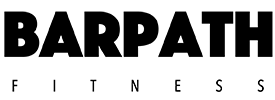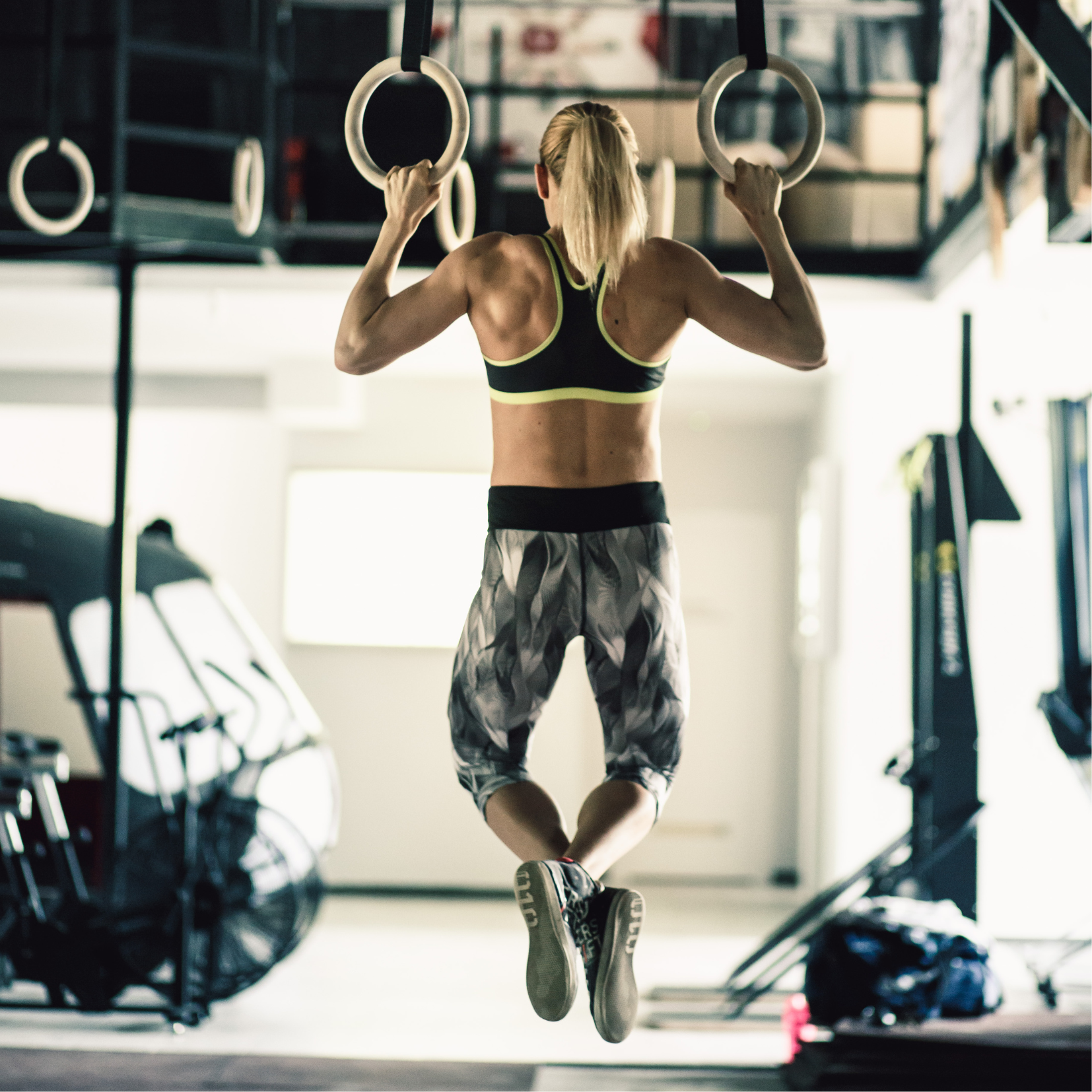While picking up heavy things may be one of your favorite hobbies, why do you do it and how do you make sure it is effective?
Training vs. Working Out: What’s the Difference?
The benefits of resistance training are numerous and everyone knows that this type of training is extremely important for function and health, but what are the benefits of actually taking your lifting program to the next level?
It’s Tuesday. You go to the gym and decide you want to “train” back. Great – but for what? Are you working on your back weaknesses to make your lats stronger for the bench press? Are you training for a future physique or bikini competition and are trying to make your back wider and thicker? Are you working toward improving your posture? Perhaps you just want overall better function on the posterior side of the body?
Going into the gym and lifting just to lift will not get you the same benefits as actually training. Now, that’s not saying you have to be a serious physique competitor or powerlifter, but you should always have goals in mind when you head to the gym. Hypertrophy and fat loss are common goals that people have – so if this is one of yours then great! But, no matter the goal, you need a properly structured program to help you achieve your goals. To be effective in our workouts, we can’t just go through the motions in the gym – that is just lifting, not training.
EXERCISE Definition
EXERCISE IS MOVEMENT THAT ENHANCES PHYSICAL FITNESS AND OVERALL HEALTH AND WELL BEING. THE MAIN GOAL OF EXERCISE IS TO KEEP YOU HEALTHY
When people exercise, it is mainly doing things that are enjoyable to them and usually lacks intensity/purpose. If your main goal is health, then yes – do whatever exercise you feel compelled to do that day because it will get you moving which will keep you healthy. This is a great thing, but if you have specific goals you want to accomplish then simply exercising isn’t going to get you there.
TRAINING Definition
TRAINING IS ACTIVELY TRYING TO IMPROVE A SKILL OR ACCOMPLISH A GOAL IN A SYSTEMATIC WAY. TRAINING IS SPECIFIC AND HAS PURPOSE.
You can’t expect to achieve a one arm chin up or a double body weight back squat without actually including those exercises into your routine.
You’re not going to get better at squatting by going out for a run. You have to set goals so you can properly structure your training to accomplish them. This means training must have progressive overload. As you train, your body adapts to whatever stimulus you are providing. When you’ve plateaued, you need to implement the right path to busting through it. This will look different for each person depending on their goals and their own weaknesses.
Training also means there is struggle and frustration. You’re going to struggle waking up early to get your training session in on Monday, you’re going to be frustrated by the amount of handstand kick ups you fail, you’re going to struggle prioritizing your day to fit in your session – but this is also the beauty of training because without struggle and frustration you won’t get to your goals. You have to be willing to get uncomfortable in order to be successful in accomplishing your training goals.
Manage your training fatigue. If you are powerlifting, focus on cyclically training your energy systems. Don’t stay in a strength block all year. This will lead to diminishing returns. This can also be said for hypertrophy, endurance, and power blocks. This also means adding in deload weeks when necessary. This becomes even more strategic if you are planning on competing in a powerlifting meet. All of these points don’t just apply to powerlifting though, they apply to any sport or skill you are trying to achieve.
Testing is also important when it comes to directing a coach to design their athlete’s training program. This usually looks like assessments – determining how well the athlete moves in each basic movement pattern. Then, if applicable, there is the strength test. If an athlete wants to increase their back squat one rep max by 50 lbs then we need to test where the one rep max is currently and go from there. This isn’t applicable to everyone since not everyone has the desire to do this. Another test, again if applicable, is a conditioning or fitness test. For example, the athlete wants a better 2k row test. We have to assess what their current time is for this test so we have an objective measure to see if the training program has been working.
TRAINING IS INTENSE. TRAINING REQUIRES FOCUS. TRAINING HAS PURPOSE.
Does this mean exercising is bad? Nope. Don’t get us wrong, there are some days we just want to “exercise” or move – that for us usually looks like going for a hike because we enjoy being and moving in nature. Will this help us accomplish our training goals? Nope. Should we cut it out of our weekly plans then? Not a chance.
You want to make sure your main priority is training so you can accomplish your training goals, but also make sure you are doing things that keep you moving that you really enjoy as well for your mental health.
Programming for Training
The everyday gym enthusiast who is just starting out can actually get by for quite some time going into the gym and lifting with a split found on a website and training with the same set and rep ranges each week. At first, these people will see results, but what happens after that? The body will adapt and the program will need to change. Somehow, you must employ progressive overload.
Here enters periodization. Periodization is simply the way that your training is organized throughout a certain time frame. This timeframe is called the macrocycle and within this are mesocycles (typically consecutive weeks or maybe a month) and microcycles (the smallest element, typically a week). Periodization is typically used for sports, but even if you are not competitive, utilizing a well-thought out program will get you maximum results.
So let’s look at this from a sports perspective and then tie it in to a recreational weight lifter’s routine.
Example of a Traditional Periodization Model
First, let’s view an example athletic periodization model. Typically, this model of periodization happens in phases: Preparatory, competitive and transition periods.
Prep period is your “off-season.” For a powerlifter, this is somewhere far away from your next (or first) meet. During this period, you are developing a base of conditioning for whatever it is you are training for. This period typically includes two phases in itself: higher volumes and lower intensities (think moderate weight, more reps) AND lower volume and heavier loads (heavy weight, less reps). This is where we focus on increasing muscle mass (muscle) or developing an endurance base then shift into building our strength base. This phase is the area many recreational lifters stick with. However, note there are two phases within this that the everyday lifter can work through in order to get the most out of their training. If you want to be competitive, your coach has to take you outside of this box.
Next typically comes a transition period. This period is used for performance sports to transition into competition season. This time is a sports-specific training time focusing on strength and power. Low volume is used here and explosiveness and power development is the focus.
The competitive period is your in-season where you work on peaking for whatever it is you are doing. For powerlifters and bodybuilders, there is typically a “peak week” leading up to the meet or show. For powerlifters, the final week is typically a deload week in training; systematically planned in order to reduce fatigue during the competition. For body-builders, a decrease in training intensity may happen but this can also be because of nutrition changes in your program while you dial things in the final week. Peaking is a delicate process that should be individualized and monitored by your coach.
But I’m not competing… I just want to LIFT
So, let’s say you are not competing, but you are a recreational lifter who wants to get the most out of your program. You’ve been using some type of progression each week with either reps or weight – basic split, same rep range, adding weight each week or potentially doing another rep at the same weight each week. Once you hit your plateau, where do you go? That’s where periodization comes in. You can even systematically change the rep ranges weekly or daily.
Examples of Undulating Periodization
Weekly undulating periodization may looks like this:
Week 1: Strength Focus (4 x 6)
Week 2: Hypertrophy Focus (3 x 10)
Week 3: Power Focus (5 x 3)
Additionally, you can utilize different rep ranges each day of the week like this for daily undulating periodization:
Day 1: 4 x 6 (strength focus)
Day 2: 3 x 10 (hypertrophy focus)
Day 3: 5 x 3 (power focus)
Either way, your program needs a structured plan and research on different periodization models is still being conducted as there are so many options and so many types of athletes (or non-athletes!) Currently, there are mixed reviews on which is superior as far as linear and nonlinear training programs -this completely depends on the goals of the individual. Our suggestion – try it all. The exciting thing about knowing there are options and systems in place we can use is that we have our whole lives to try them out.
These are just two examples of types of periodization. There are many, MANY programs and models out there and a solid trainer (or coach) will be able to help you determine what will work for you based on your schedule and goals. Both traditional linear and non-linear programs have been shown to work for athletes as well as recreational lifters.
Don’t just work out. Train.
If you are a non-competitive lifter, having a set plan (short and long term) will not only get you better results, but it will keep you motivated to stick to your training schedule. Knowing that you are about to begin a new cycle of training with a different focus should excite you to start something new. THIS is why TRAINING is always superior to just lifting. Even if you aren’t competing, mapping our your training plan will keep you accountable and excited for changes and new training styles AND get you maximum results.
Are you ready to boost your fitness journey? Start by tuning in to our podcast, ‘Stronger than your Boyfriend,’ for expert tips and tricks. Then, take it up a notch with our personal training program! Whether you crave workout wisdom or personalized guidance, we’ve got you covered. Transform your body and mindset today. Press play on the podcast and enroll in our program to conquer those fitness goals together!



